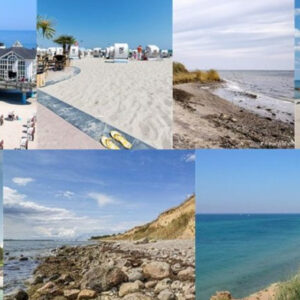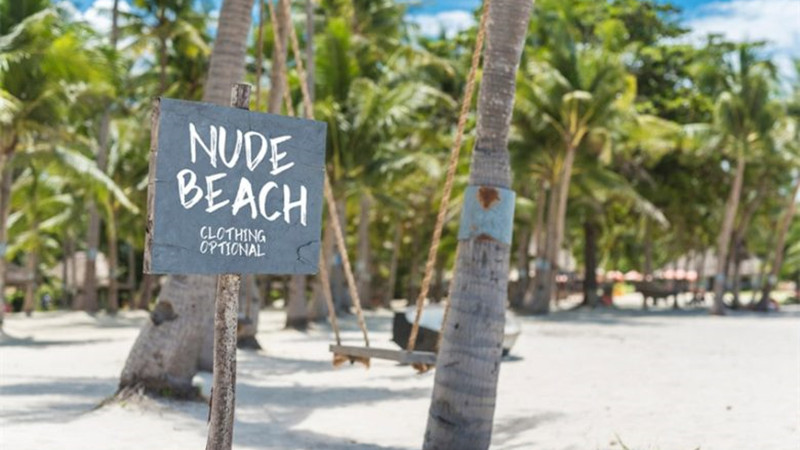
The tropical paradise of Oahu, renowned for its stunning beaches, presents a spectrum of natural beauty for tourists and locals alike. Amid the array of popular spots and secluded havens, an interesting topic that often emerges is that of Oahu nude beaches. Public nudity, a topic fraught with legal and cultural complexities, offers intriguing discussions around local norms, individual freedoms, and societal boundaries.
This article delves into these matters, focusing on the legal context, cultural norms, and safety aspects associated with potential nude beaches in Oahu.
Legality of Nude Beaches in Hawaii
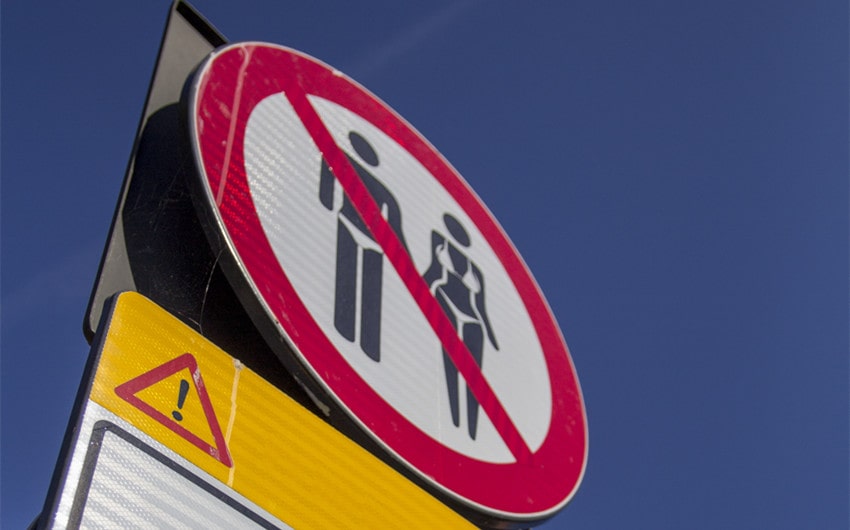
Public nudity, including on beaches, is broadly illegal in Hawaii, governed by both state and county laws. The state penal code 707-734, part of Hawaii Revised Statutes, identifies indecent exposure as a punishable offense. This is defined as intentionally revealing one’s genitals in a context likely to alarm or seriously annoy another person. This law doesn’t discriminate between public and private spaces.
In terms of beach nudity, this statute’s implications are clear-cut – any beach where individuals intentionally expose their genitals could potentially be the site of numerous violations. No distinction exists in the legal text between clothed and unclothed beaches, rendering officially designated nude beaches in Hawaii illegal.
Moreover, beyond state laws, county ordinances play an influential role in shaping public nudity regulations. Hawaii is comprised of four counties: Honolulu, Maui, Kauai, and Hawaii (Big Island). Each county has its specific local laws and ordinances that add another layer of complexity to the issue.
Honolulu County, which encompasses Oahu, explicitly prohibits nudity on all beaches. The law is rigorously enforced, particularly on more frequented beaches. This stringent approach also extends to less-populated areas of the island, leaving no room for officially recognized nude beaches in Oahu.
Maui County has shown some leniency towards nudity on less populated beaches. The famous Little Beach on Maui has been known for nude sunbathing, but it’s important to note that this practice is not officially legal and can still result in fines or arrests.
Kauai County and Hawaii County (Big Island) have similar laws to Honolulu, strictly prohibiting public nudity on all beaches. Local law enforcement is particularly vigilant about this issue, given the high influx of tourists.
Consequently, anyone found violating these laws, whether under state jurisdiction or specific county ordinances, can face various penalties, including fines and even imprisonment. It’s essential, therefore, for locals and visitors alike to be aware of these regulations to avoid inadvertently breaking the law.
What is the Culture and Etiquette of Nude Beaches?

Nude beaches, scattered around the globe, share a unique culture and etiquette that distinctly set them apart from traditional beaches. Despite the diversity in geographical locations and cultures, several common principles are widely accepted and respected within the global naturist community.
1. Respect for Personal Boundaries
The most fundamental principle in the culture of nude beaches is the respect for personal boundaries. While public nudity might seem to erase physical barriers, the personal space of individuals is highly regarded. Unwelcome advances or invasions of personal space are typically frowned upon, and sometimes may result in the person being asked to leave the beach.
2. Consent is Paramount
Consent is not just about personal interactions, but also about actions like taking photographs or staring at others. It is seen as a serious breach of etiquette to photograph someone without their explicit permission. Similarly, overt staring at others is seen as disrespectful.
3. Clothing Optional, not Mandatory
Nude beaches are usually referred to as ‘clothing optional’ rather than ‘nude mandatory’. This emphasizes the individual’s choice to be nude or not, allowing everyone to be at their comfort level. The principle is about providing a space for people who wish to be nude, rather than forcing nudity upon everyone.
4. Use of Towels
An often-overlooked aspect of nude beach etiquette involves sitting or lying down. It is generally expected that individuals will bring a towel or something similar to sit or lie on, for personal hygiene purposes.
5. Respecting the Surrounding Environment
The culture of nude beaches often goes hand in hand with a respect for nature. Littering is highly discouraged, and many nude beaches have a ‘carry in, carry out’ policy when it comes to trash.
In summary, the culture and etiquette of nude beaches are rooted in mutual respect, consent, and personal freedom, underscoring the need for individuals to respect the rights of others while enjoying their own freedoms. It’s crucial to keep these principles in mind when considering a visit to a nude beach, ensuring an enjoyable experience for all visitors.
Top 9 Best Naturist Beaches on Oahu
While public nudity is not legally recognized on any beach in Oahu, there are some beaches which, due to their relative isolation, have gained a reputation as places where nude sunbathing has occasionally taken place. Here are a few of these beaches:
1. Polo Beach in Mokuleia
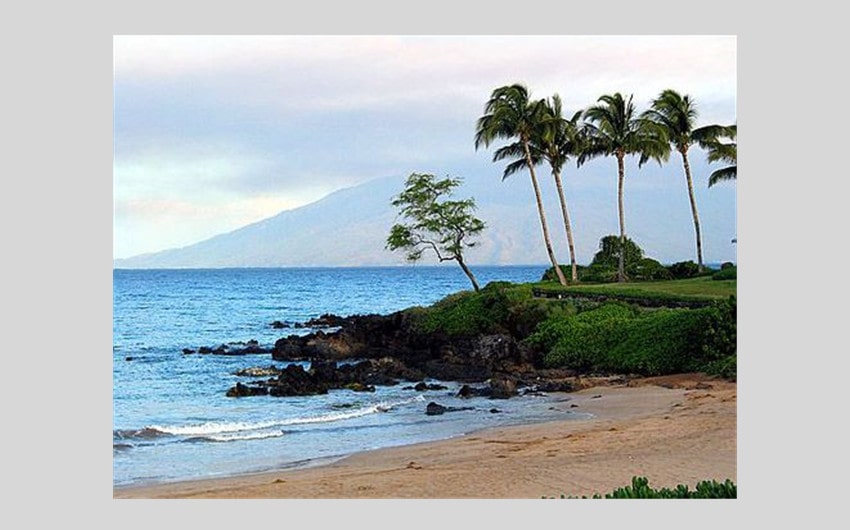
Image source: Pinterest
This relatively secluded beach is located on the North Shore, far from the bustling city life. Its isolated location lends itself to privacy, which might be why it has sometimes been a location for nude sunbathing. Remember, this isn’t a designated nude beach and public nudity laws still apply.
2. Kahuku Beach
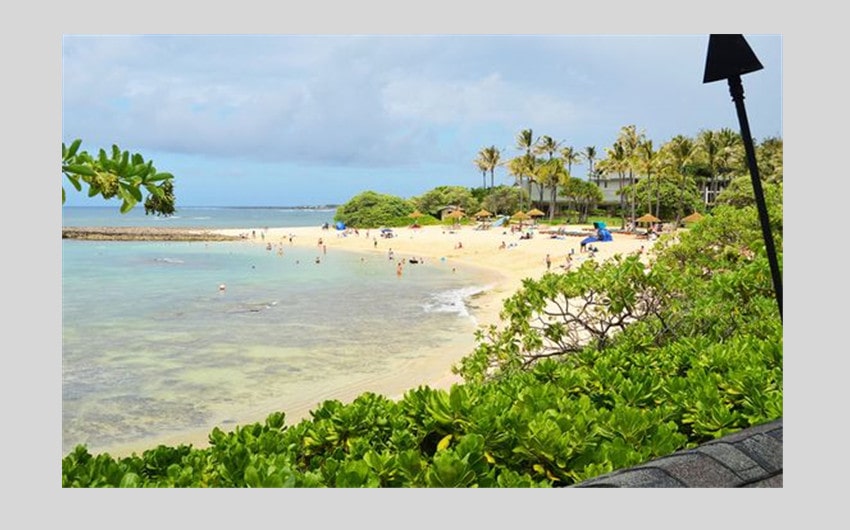
Image source: Pinterest
Located further up on the North Shore, Kahuku Beach is a long, often deserted stretch of coastline, making it appealing for those seeking privacy. However, be mindful of the law and consider potential legal ramifications.
3. Diamond Head Beach
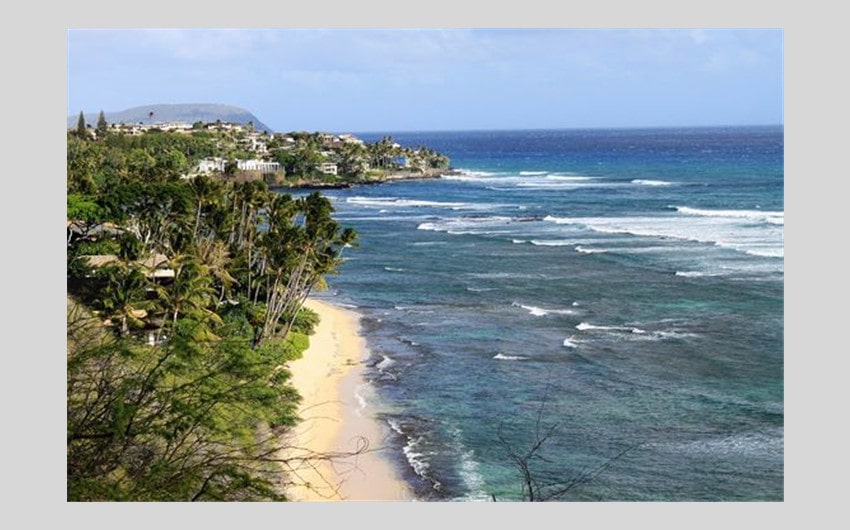
Image source: Pinterest
Diamond Head Beach, located at the base of the famous Diamond Head crater, is another relatively isolated spot. It’s not easily accessible due to the steep trail down the crater, resulting in fewer visitors and increased privacy. As always, even in these secluded spots, the legalities around public nudity must be respected.
4. Ke Iki Beach
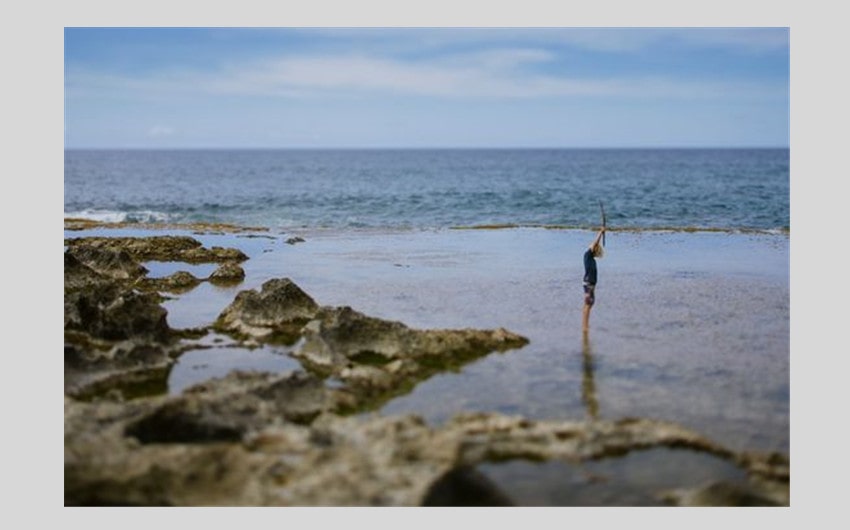
Image source: Pinterest
Found on the North Shore between Waimea Bay and Sunset Beach, Ke Iki Beach is a beautiful, often quiet location. However, it’s also very popular among locals for shore fishing, especially in the late afternoons and evenings, so privacy can vary dramatically depending on the time of day.
5. Kaena Point
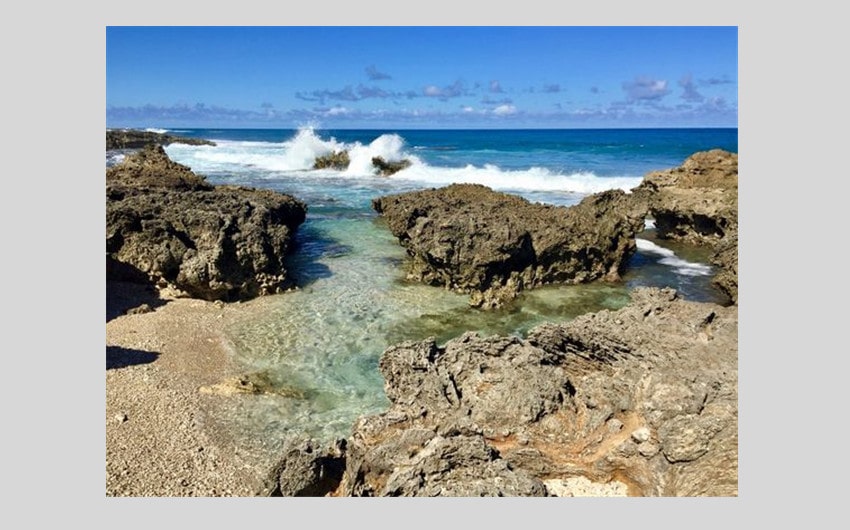
Image source: Pinterest
This remote area on the westernmost tip of Oahu is a long hike from the nearest parking areas, which makes it less frequented by tourists and even locals. The area is also a bird sanctuary and has cultural and ecological significance. While its seclusion may have attracted nudists in the past, it’s worth noting that respect for the area’s cultural and ecological importance is paramount.
6. Makua Beach
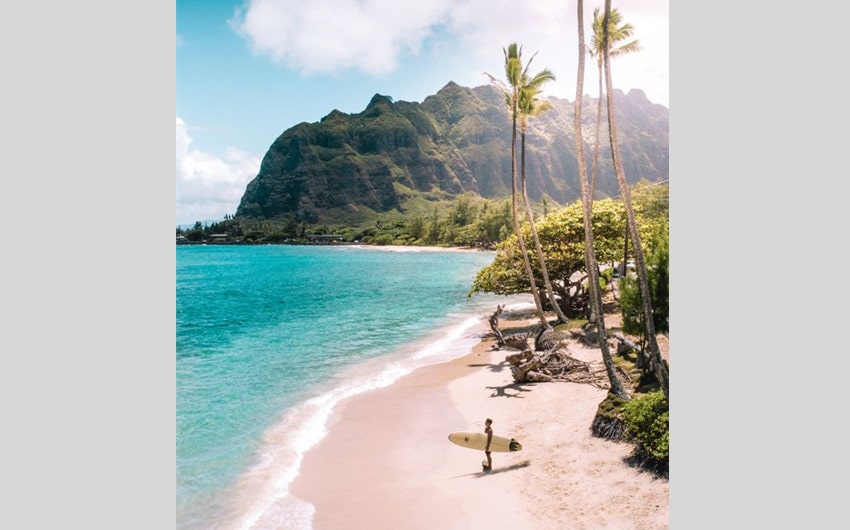
Image source: Pinterest
Located on the far west coast of Oahu, Makua Beach is a beautiful and remote location. The backdrop of the Waianae mountains creates a picturesque and secluded environment. However, the beach is also known for its strong currents and lack of lifeguards, which means that swimmers should exercise caution. While Makua Beach may offer relative seclusion, it is not a designated nude beach, and local laws against public nudity apply here as well.
7. Alan Davis Beach
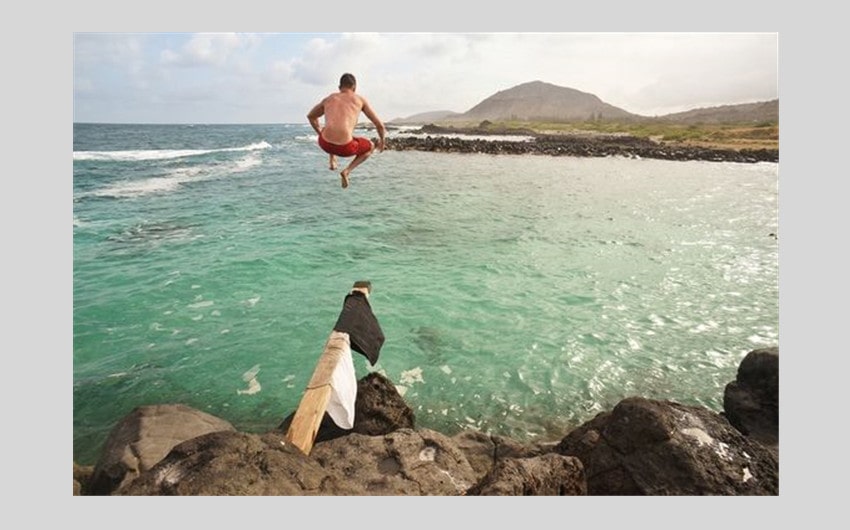
Image source: Pinterest
This beach is a hidden gem on the southeast coast of Oahu, near the Makapu’u Lighthouse. The beach is not very easily accessible, which often makes it less crowded, providing a sense of privacy. It’s a favored spot for cliff jumping due to a wooden plank used as a makeshift diving board.
8. Lanikai Beach
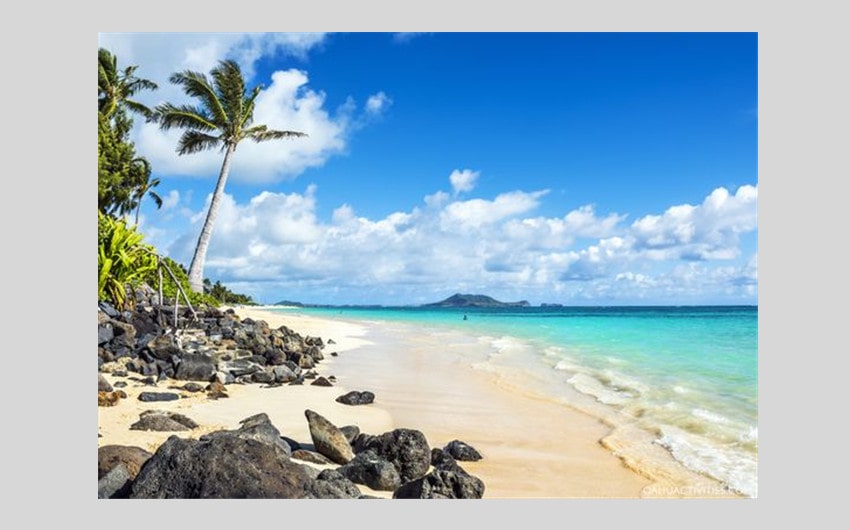
Image source: Pinterest
Situated in a small community in Kailua on the windward coast of Oahu, Lanikai Beach is known for its tranquil waters and fine sand. While it’s popular, it can offer moments of seclusion, especially on weekdays. Please remember that this is a residential area, so visitors should respect local rules and customs.
9. Kawela Bay
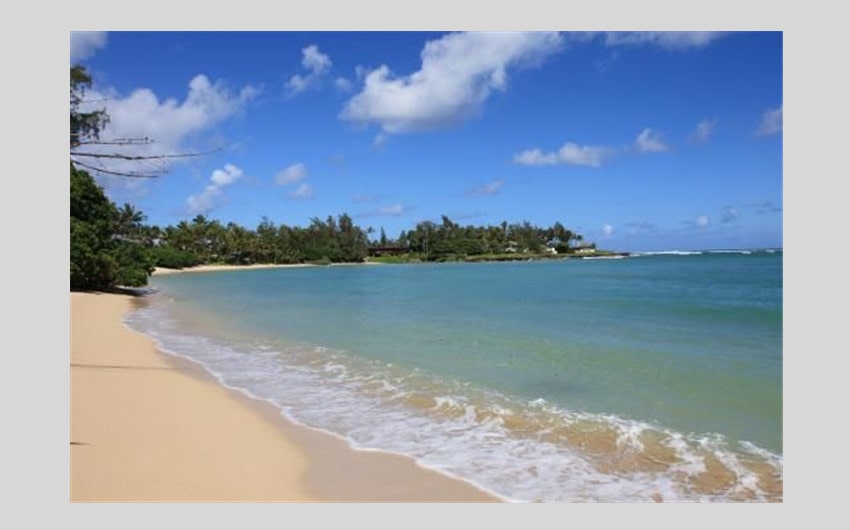
Image source: Pinterest
On the North Shore, east of Haleiwa, lies the sheltered bay of Kawela. Due to its location off the main highway, and protected by a large grove of trees, the beach often provides more seclusion than most North Shore beaches.
While these beaches offer some degree of seclusion, it’s essential to reiterate that nudity on public beaches is against the law in Hawaii, including in Honolulu County, where Oahu is located. Even in these relatively secluded spots, the law applies, and violating it can lead to fines or other legal consequences. It’s therefore critical that visitors respect the local laws, culture, and the privacy of others while enjoying the natural beauty Oahu has to offer.
How is Safety and Privacy Maintained on Nude Beaches?

When discussing nude beaches, concerns regarding safety and privacy are paramount. It’s important to remember that these concerns might be amplified on nude beaches due to the vulnerability associated with nudity. Here are some key areas to consider:
1. Personal Safety
This is a critical aspect to be mindful of when visiting any beach, and it becomes even more important on nude beaches. This includes everything from protecting oneself from potential physical harm or harassment to ensuring health safety by adequately protecting exposed skin from the sun.
Some nude beachgoers might choose to visit in groups for enhanced security. Others may only visit well-populated beaches where there are other people around, which can serve as a deterrent to potential harassers.
2. Bystander Intervention
In many nude beach communities, there’s a strong culture of looking out for each other. If someone is behaving inappropriately, other beachgoers are often willing to step in and address the situation, sometimes by alerting beach authorities or local law enforcement.
3. Privacy Protection
This entails measures taken to prevent unwanted attention, including being photographed without consent or being observed by people who are not part of the nude beach. Some people might choose to visit more secluded beaches to avoid crowds, while others may prefer busier beaches where they can blend in more easily.
4. Awareness of Local Laws and Regulations
This can greatly influence the safety and privacy on nude beaches. In places where public nudity is illegal, there might be an added risk of legal consequences, making safety and privacy more challenging. Knowledge of the local regulations can help individuals make informed decisions and take necessary precautions.
5. Connection with Local Naturist Communities
These communities often have established norms and practices to ensure safety and privacy on nude beaches. They can provide guidance and resources, particularly for people new to nude beaches.
Each of these components plays a crucial role in ensuring safety and privacy on nude beaches. As with any situation, the key lies in being informed and alert, respecting others’ boundaries, and understanding the local context. Despite the potential challenges, many find that the sense of freedom and connection with nature on nude beaches outweighs the risks, provided these are managed effectively.
Conclusion
Exploring the topic of Oahu nude beaches highlights a complex intersection of legality, cultural norms, and safety concerns. While Oahu’s picturesque beauty and secluded spots might seem perfect for those seeking nude beaches, the reality is grounded by strict laws and potential penalties.
Nonetheless, these discussions shed light on broader topics of personal freedom, respect, and cultural diversity, reminding us to uphold respect for local laws and societal norms while enjoying the island’s natural beauty.

